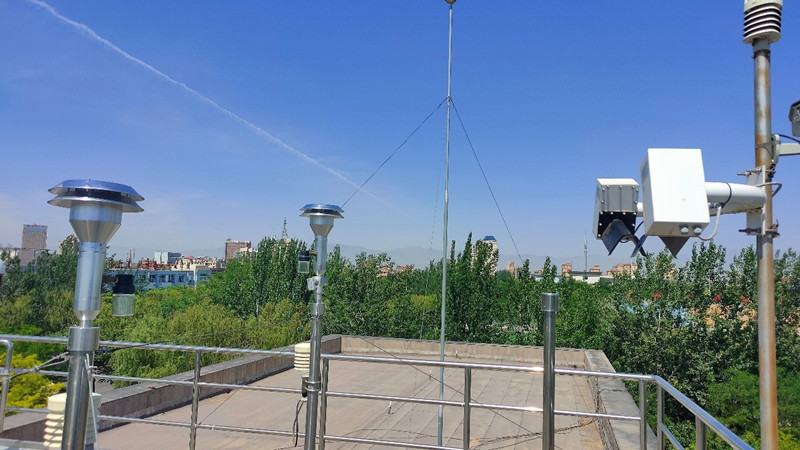During a two-year installation, the number of observation stations of China's environmental air quality monitoring network has significantly increased, which grows from more than 300 in 2013, when the project was launched, to more than 1,000 in 2015. Scientists have placed these stations in densely populated core urban areas as well as relatively low-density suburbs. With more than three times the number of original stations, there is uncertainty regarding the ability of the much larger network to assess air quality compared to previous data.
LUO Hongyan and Associate Professor TANG Xiao from the Institute of Atmospheric Physics of the Chinese Academy of Sciences have analyzed the air quality assessment impact of increasing the number of monitoring stations. Their study, recently published in
Advances in Atmospheric Sciences, focuses on both national and regional level between 2013 and 2018.
LUO and TANG evaluated change of fine particulate matter (PM2.5) and ozone (O3) concentrations from 2013 to 2018 by comparing data from the number of stations available in each year as the network expanded. By collecting data this way, they were able to analyze the year-to-year impact of the change in the number of stations during and after the installation period compared to the original, smaller network.
"Our results show that changes in the number of monitoring stations have relatively impact on on the assessment of national and regional PM2.5 concentrations," said Dr. LUO. "But the change has a relatively large impact on the assessment of O3 concentration, which affects long-term O3 trend evaluation."
Furthermore, the researchers noted significant seasonal variation during and after increasing the number of stations assessing O3 concentration. They suggested that this might be related to the different O3 sensitivity in the precursor signals in both winter and summer.
They emphasized that they only used only the daily peak value of O3 , O3_Max,for O3 concentration assessment, which is different from existing national assessment methods.
"Overall, our results suggest that the change in the number of monitoring sites is an important uncertainty factor in national and regional air quality assessments," said LUO. "Future studies need to consider this aspect of long-term air quality trends and their driving forces."

An air quality monitoring station in Guangdong province, China. (Image by SHEN Jin)





